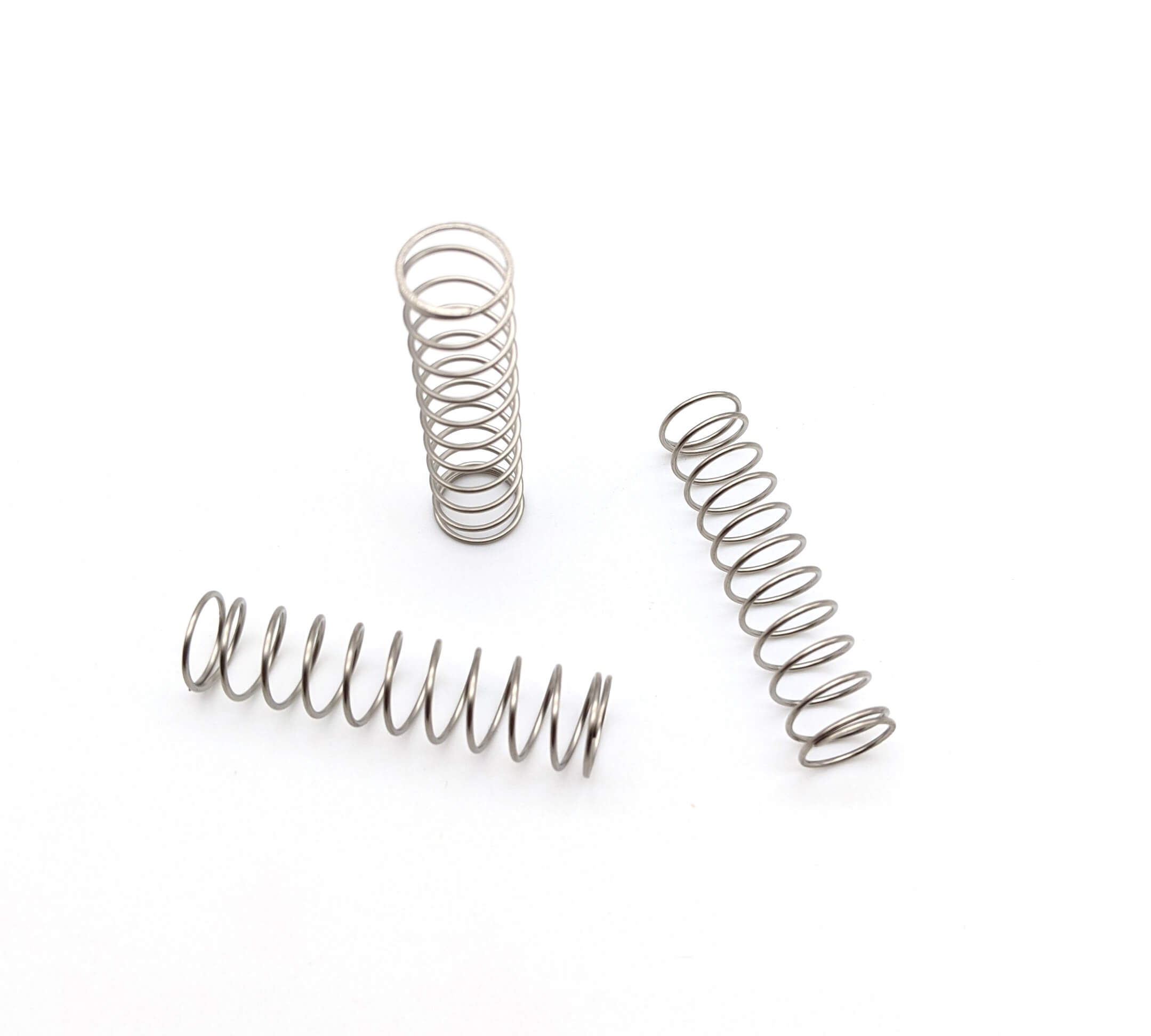Get unique, complex parts easily. No matter your requirements, Chaoyi Spring creates hard-to-produce coil springs and wire forms.
Let us help you create the custom wire form you need, from S-hooks and J-hooks to utility hooks and more.
We work closely with customers across a wide range of industries, helping them design and manufacture made-to-order parts.
Why choose Chaoyi Spring? We prioritize customer-focused collaboration, modern equipment and the latest technology to make your parts per print.
Find the information and guidance you need, from measuring a spring to learning about materials, placing an order and much more.
The torsion spring, a fascinating mechanical element, plays a crucial role in numerous applications. From delicate watch mechanisms to robust automotive suspensions, torsion springs provide rotational force, ensuring smooth and


The torsion spring, a fascinating mechanical element, plays a crucial role in numerous applications. From delicate watch mechanisms to robust automotive suspensions, torsion springs provide rotational force, ensuring smooth and efficient operation. But how do we understand their behavior? The answer lies in the torsion spring equation, a powerful tool for analyzing and designing these essential components.

At its core, the torsion spring equation is a mathematical representation of the relationship between the applied torque, the spring's angular deflection, and its inherent stiffness. This equation is a cornerstone of understanding how torsion springs work and serves as the foundation for their design and analysis.
The fundamental equation for a torsion spring is:
T = kθ
Where:
T: Torque applied to the spring (measured in Newton-meters or foot-pounds)
k: Torsion spring constant (measured in Newton-meters per radian or foot-pounds per degree)
θ: Angular deflection of the spring (measured in radians or degrees)
The torsion spring constant, k, represents the spring's resistance to twisting. A higher k value indicates a stiffer spring, meaning it requires more torque to achieve a given angular deflection. Conversely, a lower k value signifies a more flexible spring.
The torsion spring constant isn't simply a fixed value but is influenced by several factors, including:
1. **Material:** The type of material used to make the spring significantly affects its stiffness. High-strength steel alloys, for example, offer greater resistance to twisting than softer materials, resulting in a higher k value.
2. **Wire Diameter:** A thicker wire diameter leads to a stiffer spring, increasing the k value. Conversely, a thinner wire diameter results in a more flexible spring and a lower k value.
3. **Coil Diameter:** A larger coil diameter generally corresponds to a more flexible spring, lowering the k value. A smaller coil diameter, on the other hand, leads to a stiffer spring and a higher k value.
4. **Number of Coils:** The number of active coils in the spring also plays a crucial role. Increasing the number of coils generally leads to a stiffer spring, raising the k value. Conversely, reducing the number of coils results in a more flexible spring, lowering the k value.
Torsion springs find diverse applications across numerous industries, playing a crucial role in:
1. **Automotive:** Torsion bars in suspension systems, providing a smooth ride and handling. Door hinges, ensuring effortless opening and closing.
2. **Consumer Products:** Watch mechanisms, ensuring accurate timekeeping. Click pens, providing a satisfying click with each press.
3. **Industrial Machinery:** Clutch mechanisms, facilitating smooth power transmission. Tensioning devices, maintaining consistent tension in belts and chains.
The torsion spring equation is vital for both engineers and designers working with these essential components. It allows us to:
1. **Predict Spring Behavior:** By knowing the spring's material, geometry, and desired torque, the equation helps us predict how the spring will deflect under load.
2. **Design Springs:** The equation enables us to design springs with specific stiffness and deflection characteristics to meet the requirements of a particular application.
3. **Troubleshoot Problems:** When a torsion spring malfunctions, the equation aids in identifying the root cause, whether it be material fatigue, incorrect design parameters, or other factors.
The torsion spring equation is a fundamental tool in the world of mechanical engineering. It provides a clear understanding of how torsion springs behave and empowers us to design, analyze, and troubleshoot these vital components. From precision timekeeping in watches to robust suspension systems in automobiles, torsion springs continue to play a critical role in our lives, and the torsion spring equation ensures their reliable and efficient performance.
Understanding the torsion spring equation is essential for anyone working with these versatile components. It provides a powerful framework for analyzing spring behavior, designing for specific requirements, and troubleshooting potential issues. As we continue to explore and refine the use of torsion springs in various applications, the torsion spring equation remains a crucial foundation for innovation and efficiency.
Browse some of the custom wire forms and springs that we manufacture. Don’t see what you need? We specialize in made-to-order products that meet your application requirements.
Visit Our GalleryNeed a custom wire form or coil spring? We make it work. Fill out the contact form and a representative will respond within 1 business day. If you have a PDF or CAD file, you can submit to request a quote.